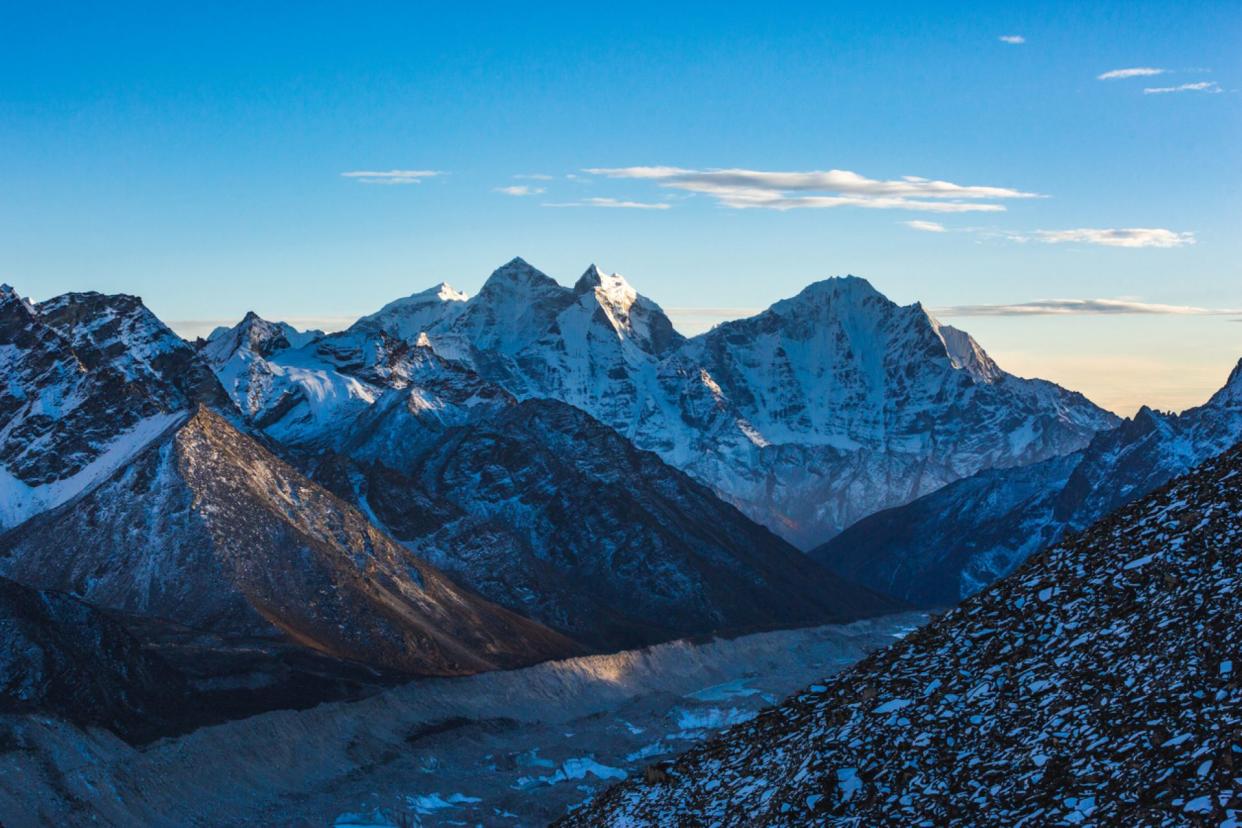Scientists perplexed by new discovery about Himalayan glaciers — here’s what it could mean

Scientists have been surprised to discover that despite glaciers in the Himalayas shrinking, temperatures have been dropping near the glaciers.
A study published in the Nature Geoscience journal, summarized by ABC News in Australia, explains that enhanced downslope winds — known as katabatic winds — have been helping to cool and dry parts of the mountains, which is potentially slowing the rate of the glaciers’ decline in places.
While this glacial response is promising for the preservation of permafrost and local vegetation, the reaction of the Himalayan glaciers has encouraged the need for more study, and it could have significance for better understanding the retreat of glaciers in the region and elsewhere.
The Himalayan glaciers are a vital water source for the Asian subcontinent, supplying more than 1 billion people with water, as ABC reports. So the health of these natural ice bodies is essential for the population. While the cooling of glacial areas seems helpful, there are still some consequences and complexities with this phenomenon.
The katabatic winds are leading to changing precipitation patterns at lower levels of the mountains and lessening the precipitation at high elevations over the glaciers, as ABC News summarizes. This effect has seen the glaciers decrease somewhat in mass.
The katabatic winds block the airborne flow of moisture from lower levels to higher altitude areas where glaciers form. Glaciers normally rely on this input, which is thought to be a reason for the continued decline in the size of glaciers.
So, while the cooling of glacial areas might seem positive on the surface, there are underlying factors that reveal there’s still a need to make significant life changes to reduce the rate of glacial decline.
Human-caused global heating is shown by the decline in glacial regions more broadly — not just in the Himalayas, as the National Oceanic and Atmospheric Administration reports. With meltwater so vital to communities in Himalayan communities and the rest of South Asia, excessive melting and rapid runoff could have dire consequences.
Reducing dirty-fuel pollution is therefore essential. Swapping internal combustion engine vehicles for electric ones or switching to renewable energy from solar or wind sources could make a significant difference in terms of limiting the planet-warming gases we produce daily.
Meanwhile, small lifestyle changes like swapping meat and dairy for vegan alternatives once a week can reduce our reliance on the animal farming industry, which is one of the planet’s biggest polluters.
Join our free newsletter for weekly updates on the coolest innovations improving our lives and saving our planet.

